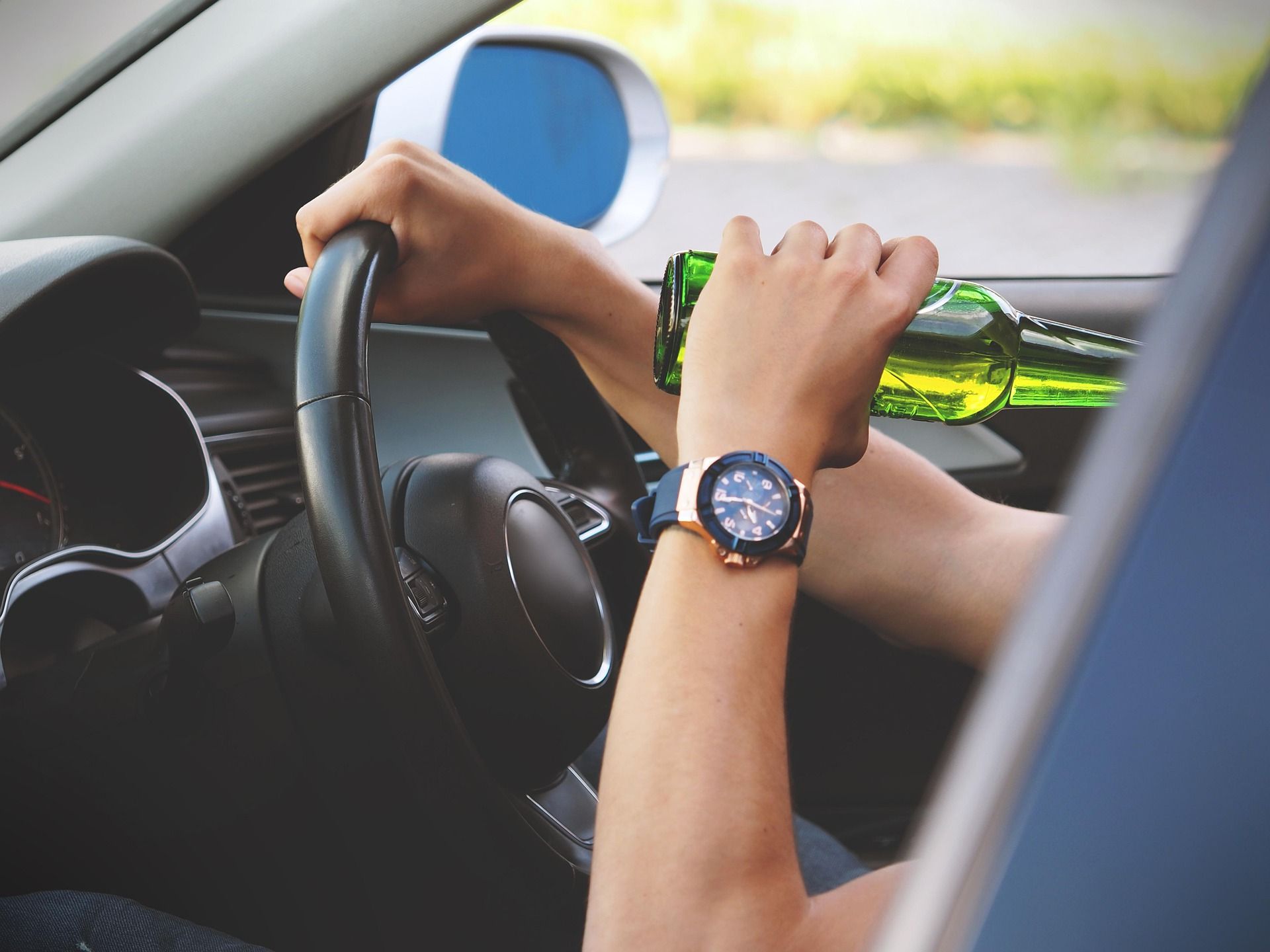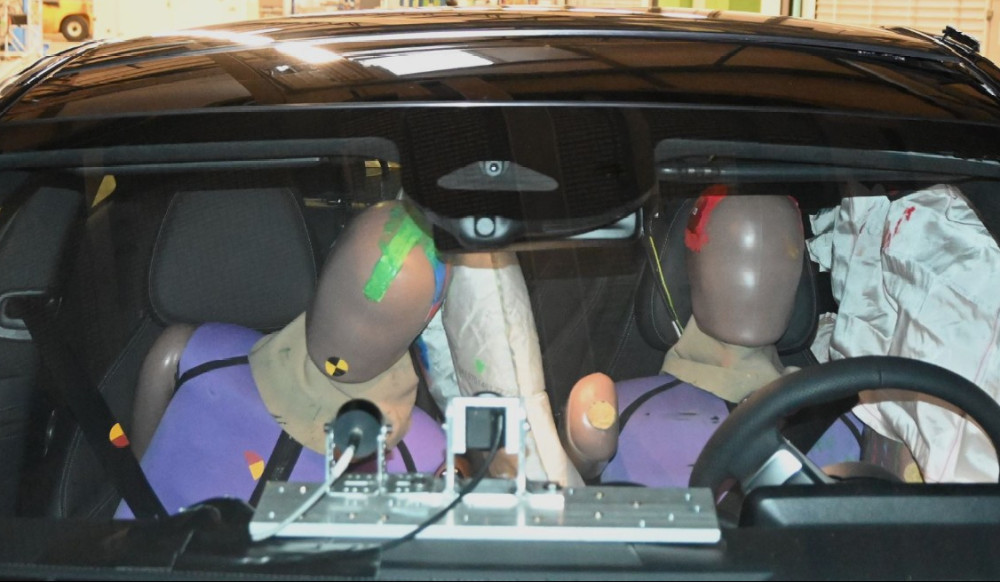As the Matric class of 2025 throttles up towards those final exams, so too does the corporate world accelerating into the year-end parties and the general public taking on a festive mode as the holiday season approaches, yet there’s a persistent lack of understanding among motorists about legal drink-driving limits, which is directly impacting road safety.
Rhys Evans, Managing Director at ALCO-Safe, highlights this as a serious concern. While legislation is clear—ordinary drivers have a BAC limit of 0,05 grams per 100 ml of blood and professional drivers, such as truck or taxi operators, are restricted to 0,02 grams—many people operate under false assumptions about how much alcohol is ‘safe’.
It’s common to hear rules of thumb like ‘one or two beers and you’re fine’, but this oversimplifies the issue and is potentially dangerous. Factors such as body weight, gender, metabolism, whether someone has eaten and even the speed at which they drink, all significantly impact BAC levels.

Great insurance is as vital as safe driving – click here to find out more
“Alcohol contributes to a staggering 65% of fatal road accidents in South Africa. A single gram of alcohol – about half a beer – compromises driving ability, impacting coordination, vision and cognitive function. This is precisely why professional drivers face stricter regulations; their responsibility is greater, and the risks of impairment can be catastrophic,” says Rhys-Evans.
For example, someone with higher body fat will generally reach a higher BAC than a more muscular person of the same weight after the same amount of alcohol. What’s often overlooked is that alcohol impairs driving ability well before a person reaches the legal limit. It affects coordination, judgment, vision and reaction time.
The body processes alcohol slowly—roughly 0,015 BAC per hour—meaning the effects of just two beers can last for several hours. Enforcement remains inconsistent. Although penalties can include fines and license suspension, visible law enforcement and roadside checks are not as robust as they should be.
The much-discussed demerit system has yet to be implemented, which further diminishes the deterrent effect. Evans points out public awareness campaigns are falling short because they often rely on generic messaging that doesn’t resonate.
He recommends targeted education initiatives, especially in schools and workplaces, as well as integrating accurate, scientific information about alcohol metabolism into driver education. In summary, road safety experts agree: the safest choice after consuming any alcohol is simply not to drive.
Assuming you can judge your own tolerance or relying on estimates of how much you can safely drink is a significant risk. Improving road safety will require not just consistent enforcement, but also a cultural shift towards greater personal responsibility and a stronger public understanding of how alcohol truly affects driving ability.
Don’t become one of this year’s statistics!
Colin Windell for Colin-on-Cars in association with
proudly CHANGECARS












